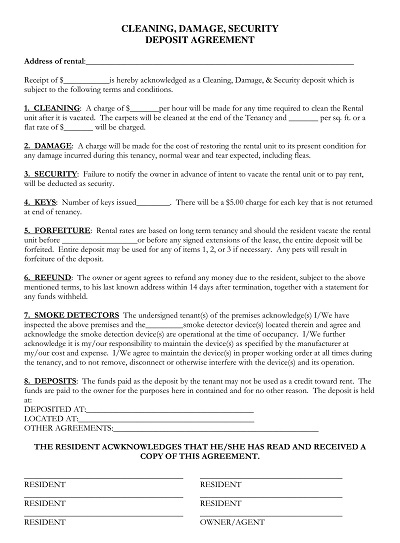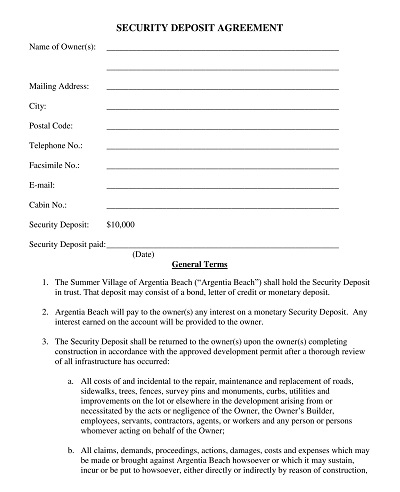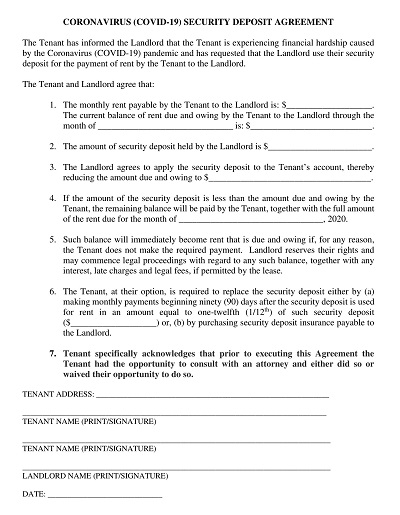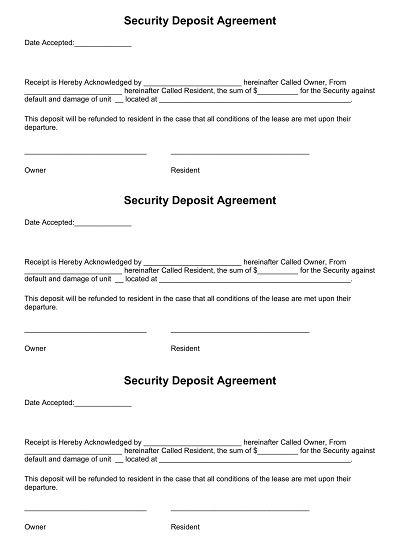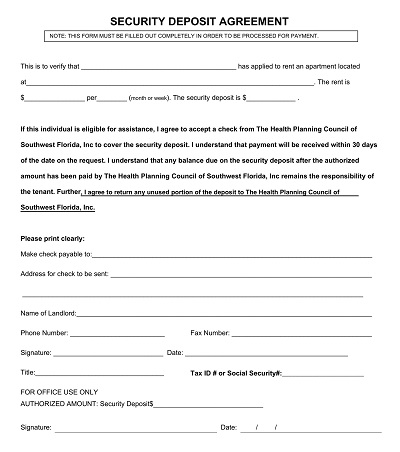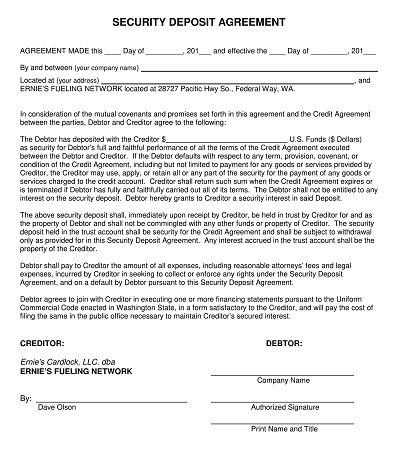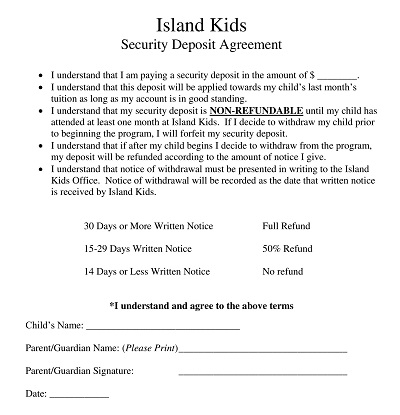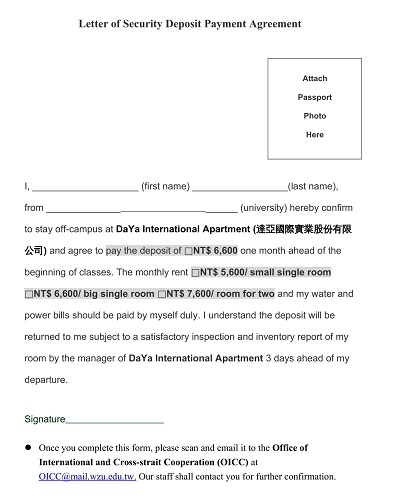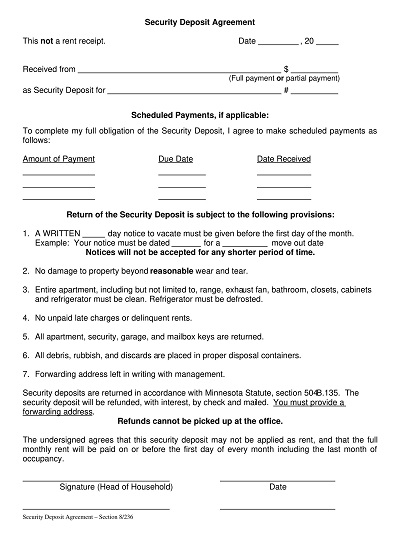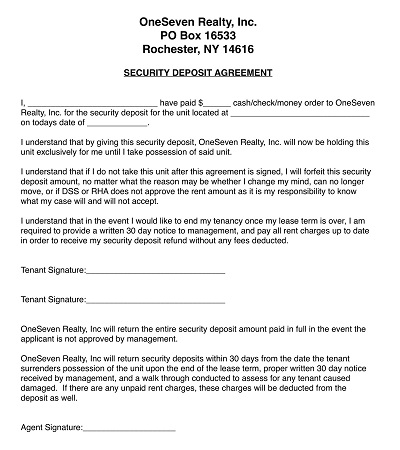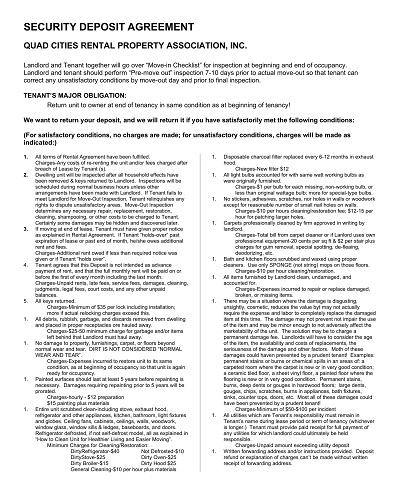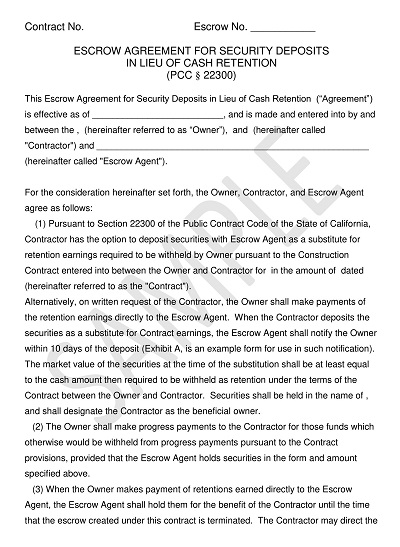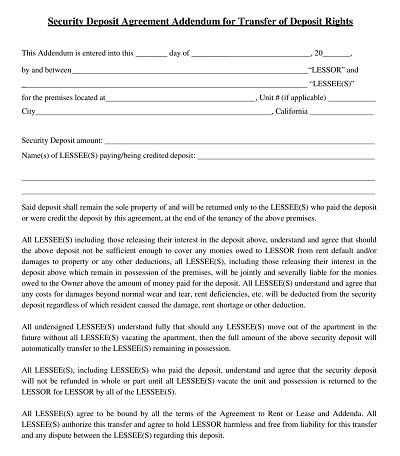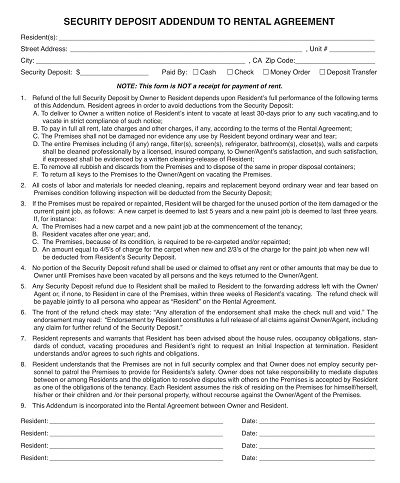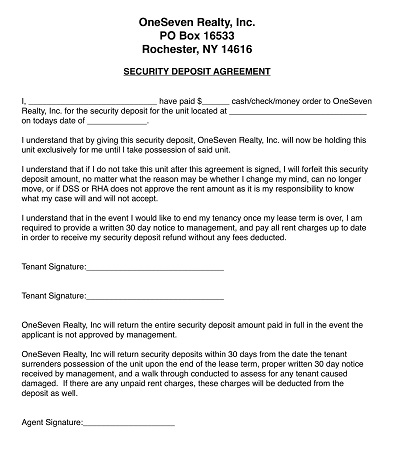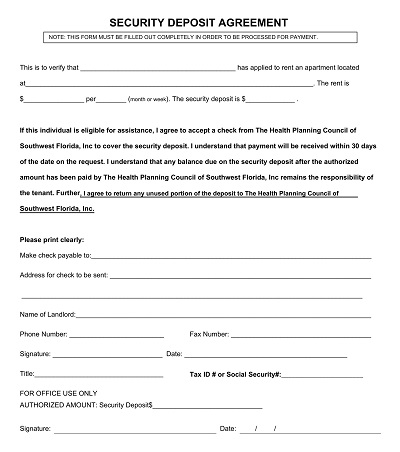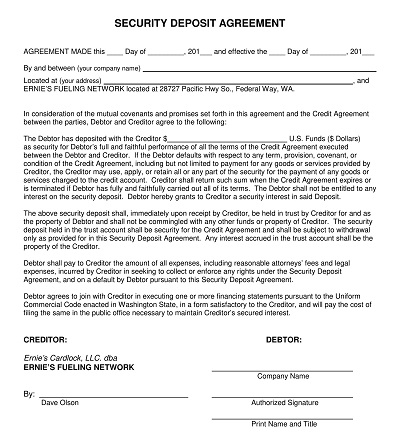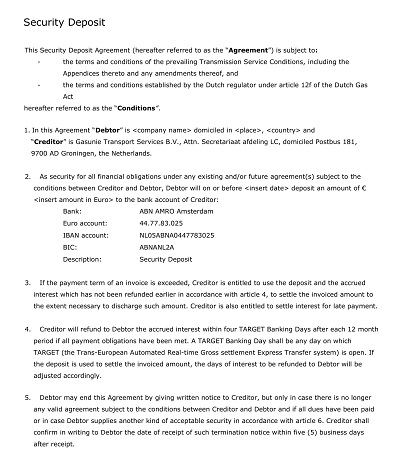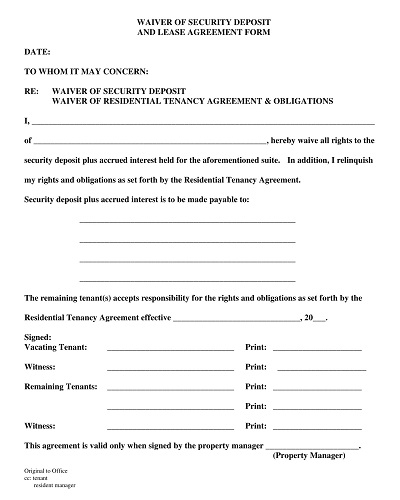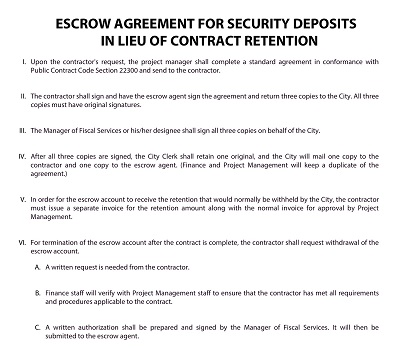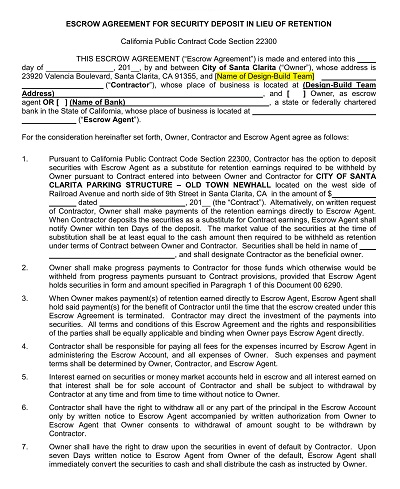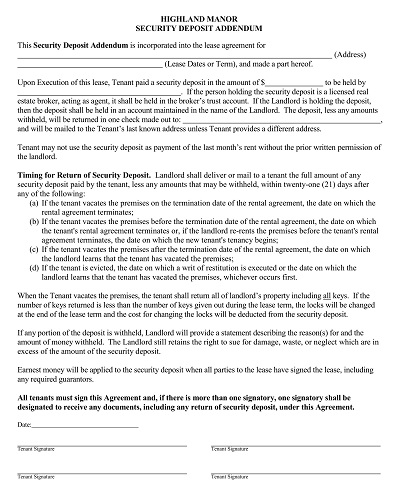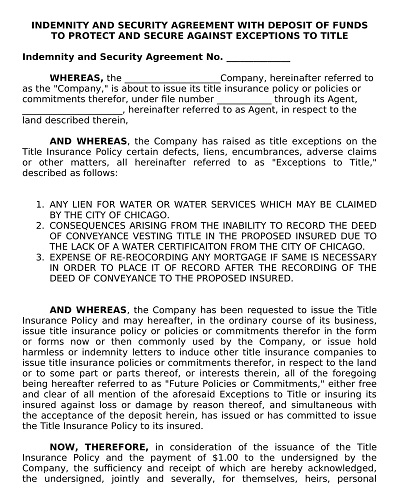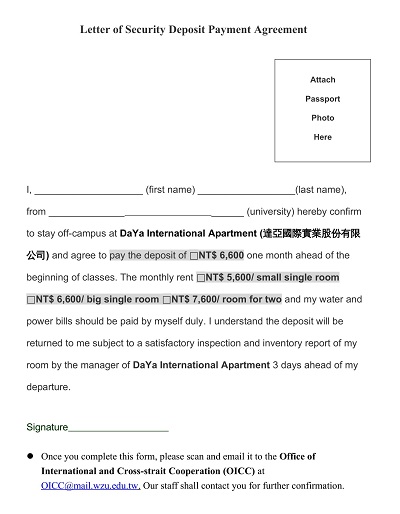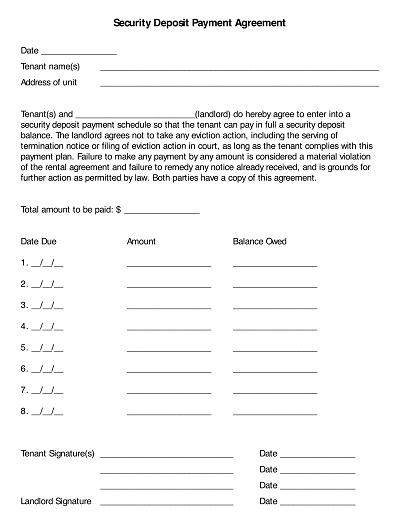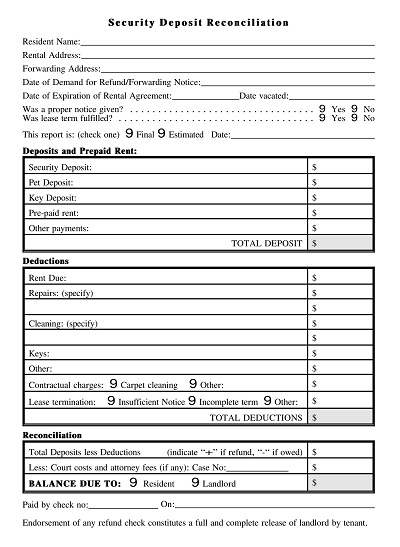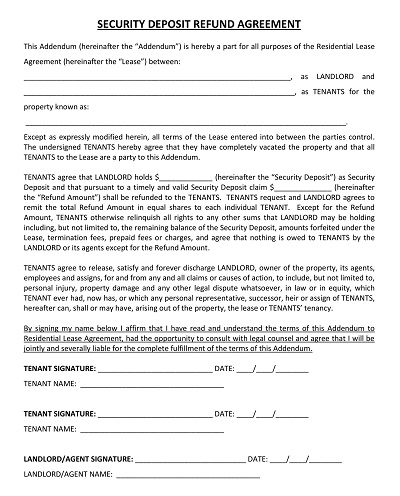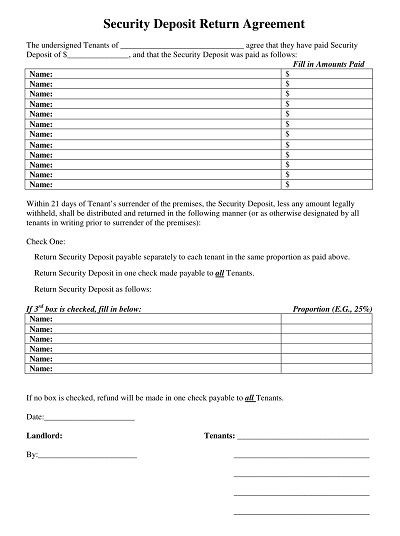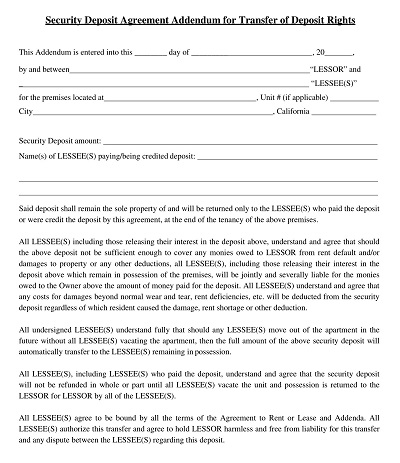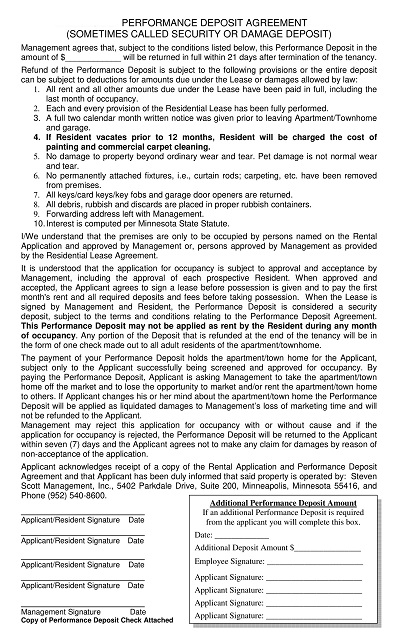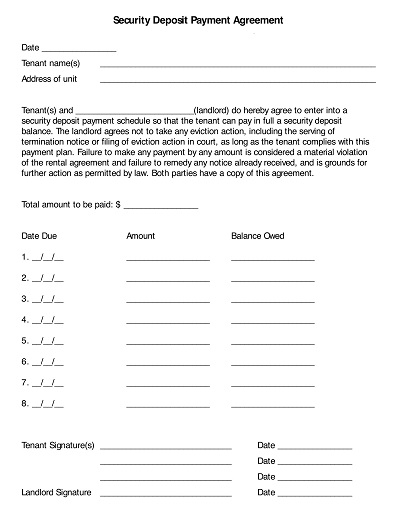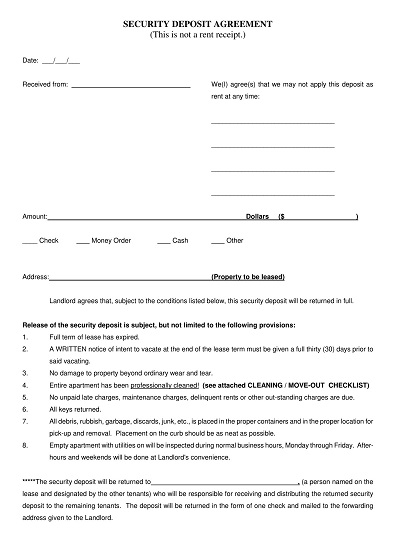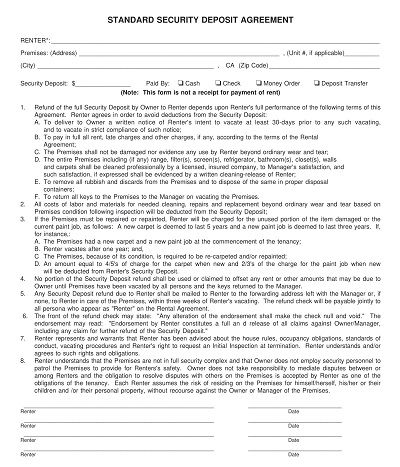45+ Free Simple Security Deposit Agreement Templates (PDF, Word)
As a tenant, finding a new place to live can be a stressful experience, especially when it comes to navigating security deposits. That’s where a Security Deposit Agreement Template comes in handy. This is a legal document that outlines the terms and conditions of the security deposit that you pay upfront to your landlord.
The template will usually specify the deposit amount, the date by which it must be paid, and what circumstances may affect the refund of your deposit when you eventually move out. Having a Security Deposit Agreement Template in place can help alleviate some of the anxiety associated with renting a new property and ensure that you and your landlord are on the same page regarding your deposit.
Download Free Simple Security Deposit Agreement Templates
How Does a Security Deposit Work?
When it comes to renting a property, understanding security deposits is paramount. A security deposit is a sum of money paid by the tenant at the beginning of the lease agreement to cover any damages that may occur during the tenancy. It acts as a safeguard for the landlord should the tenant cause damage beyond normal wear and tear.
The security deposit amount varies from state to state, and landlords are required to return the deposit within a certain timeframe, typically within 14 to 30 days after the tenant moves out. However, landlords also have the right to deduct any necessary expenses from the deposit, such as unpaid rent or damages beyond normal wear and tear. Knowing how security deposits work is vital for tenants and landlords to ensure a smooth rental experience.
Benefits of a Security Deposit Agreement
When signing a lease agreement for a rental property, deciding on the security deposit amount and terms is one of the most important parts. However, many renters may not realize the full benefits of a security deposit agreement. Not only does it protect landlords against damage or unpaid rent, but it also offers peace of mind for both parties involved.
Renters can be assured that their security deposit will be returned in full as long as they abide by the terms of the agreement, while landlords can feel secure in their investment. Furthermore, having a security deposit agreement that clearly outlines the terms and expectations can help avoid any misunderstandings or disputes in the future. Overall, implementing a security deposit agreement can create a sense of trust and professionalism between landlords and renters.
What Happens if Damages Are More than My Security Deposit?
As a renter, knowing your rights regarding security deposits is important. While landlords may deduct damages from your deposit at the end of your lease, what happens if the damages exceed your initial deposit? The answer can vary depending on state laws, but the tenant may be held responsible for the additional costs in most cases.
This can be stressful, but it’s important to communicate with your landlord and try to come to a fair resolution for both parties. Sometimes, you can set up a payment plan or negotiate a reduced settlement. It’s always best to take steps to prevent damages from occurring in the first place, such as reporting repairs needed as soon as they arise.
How to Create a Security Deposit Agreement Template
As a landlord, security deposits are essential to renting your property. This deposit can help protect landlords from potential damage to their property or unpaid rent and utility bills. However, creating a security deposit agreement template can be daunting, especially if you don’t know what to include or where to start.
Know the Basics of a Security Deposit Agreement
Before you start creating your security deposit agreement template, it’s important to understand what information should be included. The basic components of a security deposit agreement include the security deposit amount, what it covers, and when it will be returned. You should also include information about what will happen if there is damage to the property, how and when the tenant should request the return of their deposit, and any limitations or restrictions on the deposit agreement.
Customize the Agreement to Your State and Rental Property
Laws regarding security deposits vary from state to state, so it’s important to check your state laws before creating your agreement template. For example, some states limit the deposit amount, how it should be stored, and when it should be returned. Additionally, you should customize the agreement to your specific rental property. For example, suppose your property is in an area prone to natural disasters like flooding or hurricanes. In that case, you may want to include information about how damage from those events will be handled.
Consider Hiring a Lawyer
If you’re uncomfortable creating your security deposit agreement template, it may be worth investing in the services of a lawyer. A lawyer can help ensure that your agreement is legally sound and that all necessary information is included. Additionally, if a tenant disputes their deposit or causes damage to the property, you can rest easy knowing that you have a legally sound agreement in place.
Get Feedback from Tenants
Once you have created your security deposit agreement template, getting feedback from your tenants is a good idea. Ask them if any information is missing or if there is any confusion about the agreement. This can help ensure your agreement is transparent and easy to understand for your tenants. Additionally, asking for feedback can help build trust and establish a positive relationship with your tenants.
Keep the Agreement Accessible
Finally, once you have created your security deposit agreement template, it’s important to keep it accessible for you and your tenants. Consider making digital copies of the agreement and providing it to your tenants in print and electronically. A readily available copy of your agreement can help avoid confusion and disputes in the future.

